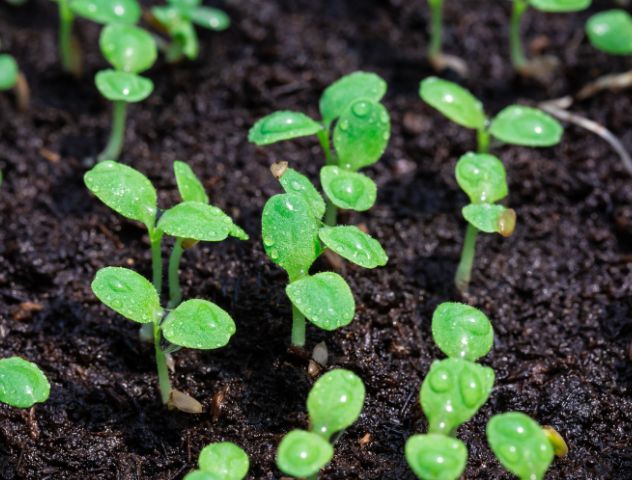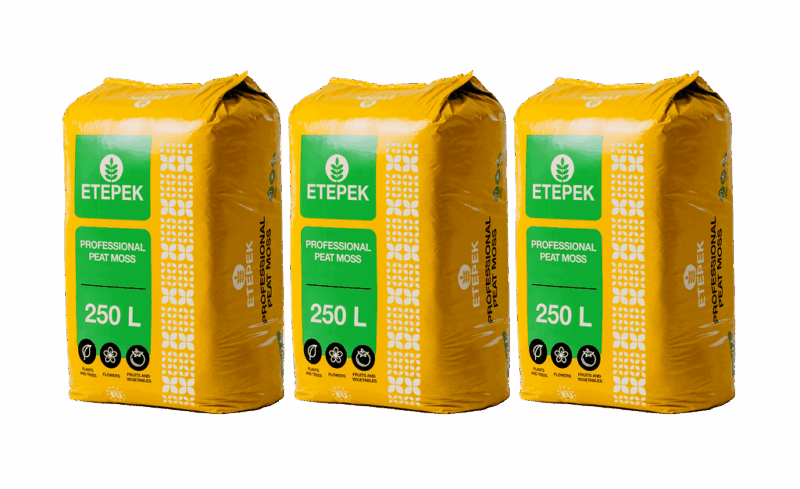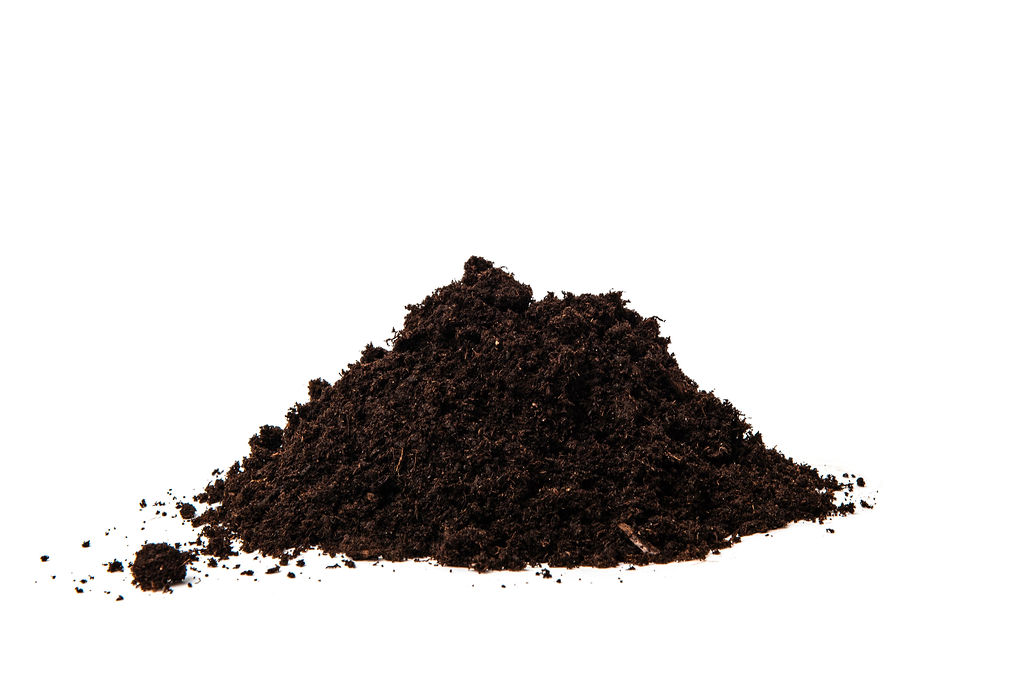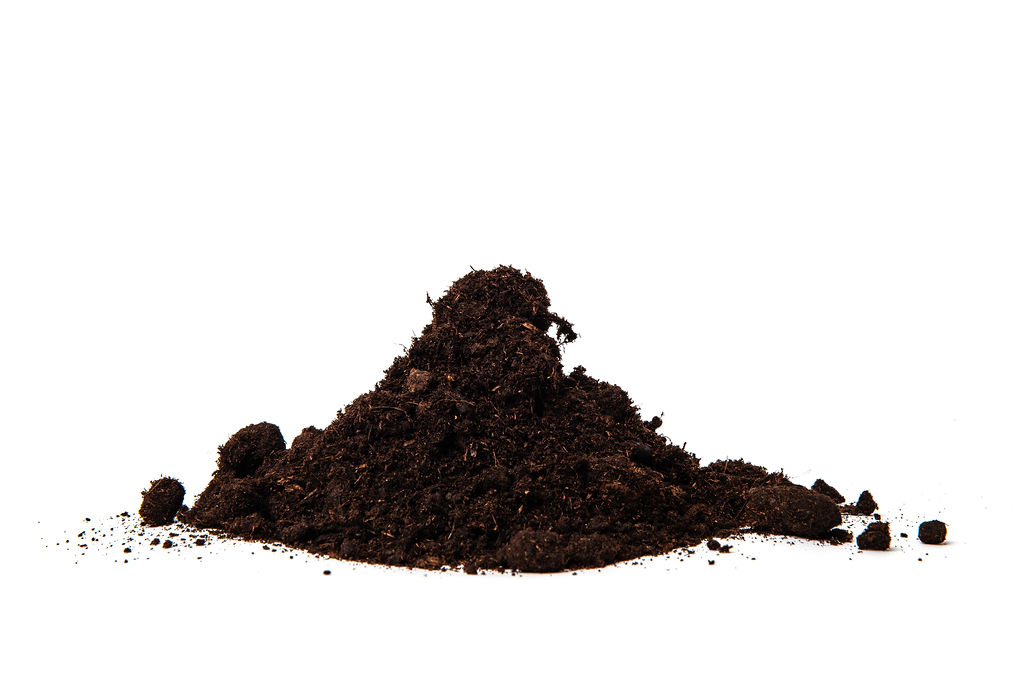
How Black Peat Forms
Black peat develops in the deepest layers of a bog, where plant material is packed tightly under the weight of brown and white peat above. In this waterlogged, low-oxygen environment, decomposition happens very slowly, but the heavy compression speeds up the breakdown of organic matter, creating a dense, dark, nutrient-rich substrate. Black peat’s pH generally falls between 4.0 and 5.0, making it suitable for acid-loving plants that also require high nutrient availability, such as hydrangeas, blueberries, and certain shrubs.
Compared to white and brown peat, black peat contains much higher humic acid levels, which improve soil health by binding soil particles together to create more stable aggregates. Humic acids also create a more favorable environment for beneficial microbes, which contribute to nutrient cycling and root health. By binding nutrients to the soil, humic acid increases nutrient availability for plants, allowing roots to absorb what they need gradually.
Unlike the airy texture of white peat or the balanced structure of brown peat, black peat’s dense composition – reflecting its advanced decomposition – provides lasting enrichment, ideal for supporting established plants that thrive on high organic matter.
Key Qualities of Black Peat
1. Highest Nutrient Density and Humic Acid Content
Black peat has the richest nutrient profile and the highest humic acid content of all peat types thanks to its advanced decomposition. This abundance of organic matter and humic acids improves soil texture, bolsters nutrient availability, and fosters beneficial microbial activity.
2. Balanced Moisture Retention
Black peat’s dense yet porous structure holds moisture effectively without becoming waterlogged, as it allows gradual water release while maintaining air pockets for root oxygenation. This balanced moisture retention creates a stable hydration environment, ideal for deep-rooted plants and garden beds that need consistent access to water. The steady moisture supply is particularly beneficial during dry spells.
3. Dense Structure Resists Erosion
Black peat’s compact, fine-grained structure acts like a binding agent in soil, helping to prevent erosion while maintaining a stable, aerated foundation. Unlike lighter peats, black peat’s density holds soil particles together (while still avoiding compaction or waterlogging), creating a firm base that roots can anchor into securely. Water penetrates gradually, preventing runoff and promoting consistent moisture distribution without the risk of root rot.
Practical Uses for ETEPEK Black Peat
- Deep Soil Enrichment: The rich nutrient content of black peat makes it a potent addition to garden beds that need long-term improvement. It’s particularly beneficial for revitalizing depleted soils and supporting nutrient-demanding plants like vegetable crops and fruiting plants, including tomatoes, roses, and berry bushes.
- Perennial and Shrub Planting: For established plants, black peat provides a dense, nutrient-filled environment that encourages robust root systems and sustainable growth. Its dense, finely textured composition allows roots to anchor deeply and access a consistent supply of nutrients, supporting healthier growth and vitality for plants that stay in the ground season after season.
- Moisture Management in Raised Beds and Containers: In container and raised bed gardening, soil dries out faster than in-ground gardens due to increased exposure to air and heat. Black peat acts as a dependable moisture-retaining base for these setups, holding water effectively and releasing it gradually to keep roots hydrated and protected from drying out.


